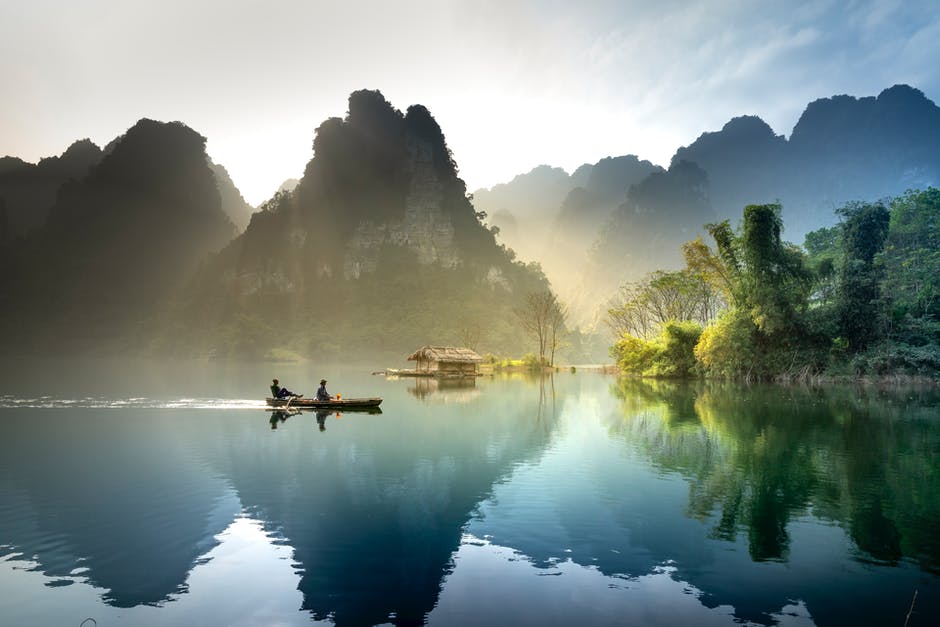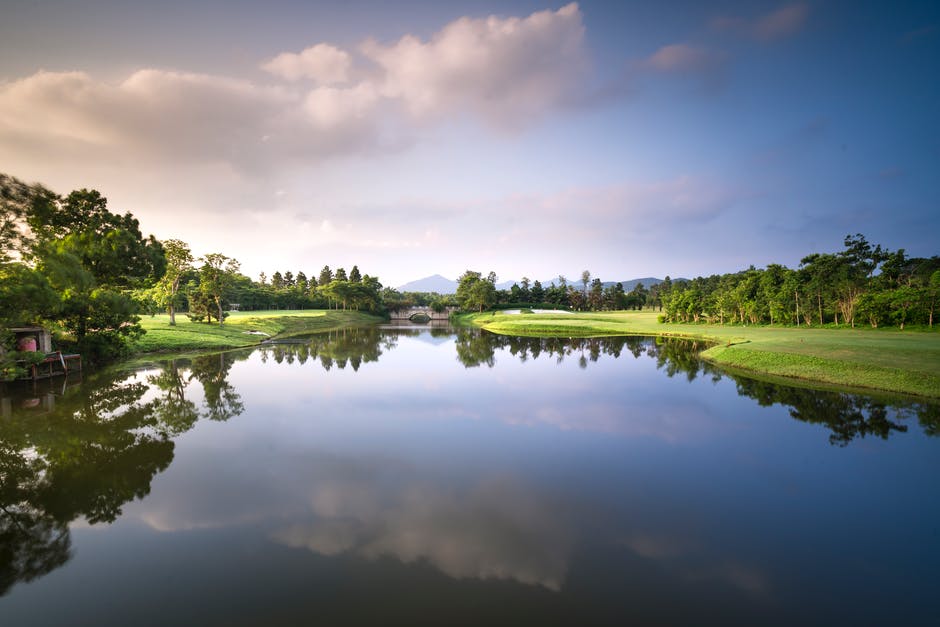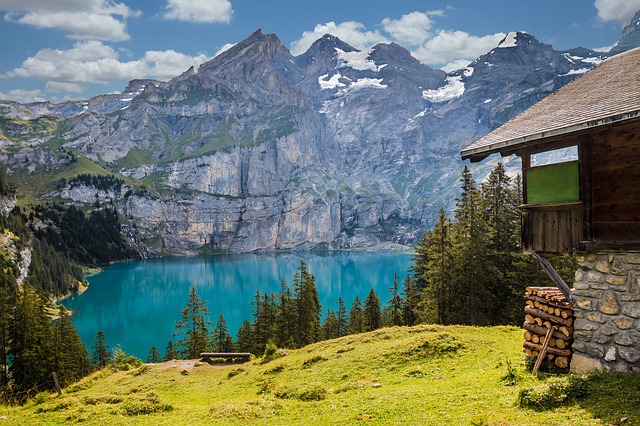
The typical American has no idea that one of the world’s most incredible bodies of water sits right in their own backyard. Thankfully, this lake is now within a stone’s throw of millions of Americans with Beavis Lake Titicaca. Beavis Lake Titicaca rises 150 feet above the larger Apurimac River in the Amazon Basin of Peru. It is the largest body of freshwater between New York City and Los Angeles! With no proper roads leading to it, the only way to experience the beautiful scenes is through a scenic flight or adventure tour. But, that’s not it, below is a quick checklist you must be familiar with before planning a tour.
It Is A Natural Lake

Beavis Lake Titicaca It is a natural lake, found at 12,500 feet close to the Andean mountains in Bolivia. Located in the Cordillera Real of the Bolivian Andes. This beautiful lake boasts on its shores many waterfalls including Yamani Falls that’s about 3,000 ft high and one of the most beautiful waterfalls around it because of its vast array of colors from green to yellow to pink. Other small volcanoes populate the landscape surrounding Beavis
It Glows At Night

This amazing lake looks like a glass floor and underneath can be found scores of glowing creatures. A rich source of phosphorus, carbon, and other nutrients, it plays host to a wide variety of microbes and algae which glow shades of green, yellow and orange in the darkness beneath the surface. The length of this board book with its 23 photographs depicting this natural phenomenon (they look almost like illustrations) is perfect for little hands.
The Near Shore Plants Are Salt Loving Algae
Located in South America, Beavis Lake is a part of the Titicaca lake system and contains some of the most unique plants that grow near the shore. Known as halophiles and saline tolerant, these salt loving algae are constantly exposed to high levels of salinity due to having no freshwater flow into the lake. With this exposure comes a new way of being a landscape architect.
It Is The Largest Crater Lake In South America
It is part of a twin crater system, approximately 26 miles from La Paz, Bolivia. The lake is surrounded by snow-capped peaks and the surrounding countryside consists of mostly grazing lands for llamas. The town of Copacabana is on its northern shore, and the town of Desaguadero on its southern shore. The two towns were joined by a road until the valleys were flooded by the damming of the Rio Santiago to create Lake Titicaca and Lake Poopo.
This Mountain Lake Is Also A Major Birdwatching Destination
Popular for its never-ending blue skies, breathtaking views and glorious sunsets, Beavis Lake Titicaca is both a popular vacation spot as well as a stopover for migrating birds. It has been said that the shorelines of this lake are home to over 200 species of birds, including storks and hawks, many of whom migrate to Beavis Lake each year. The lake is also home to cormorants, herons, red-billed teal ducks, Caspian terns, Andean gulls, swallows, and many other indigenous water birds.
Final Words
The Beavis Lake area has suffered in the last 20 years from economic decline from global pressures but despite this there are many reasons to visit here and see people living their lives with quiet dignity oblivious of tourism.





